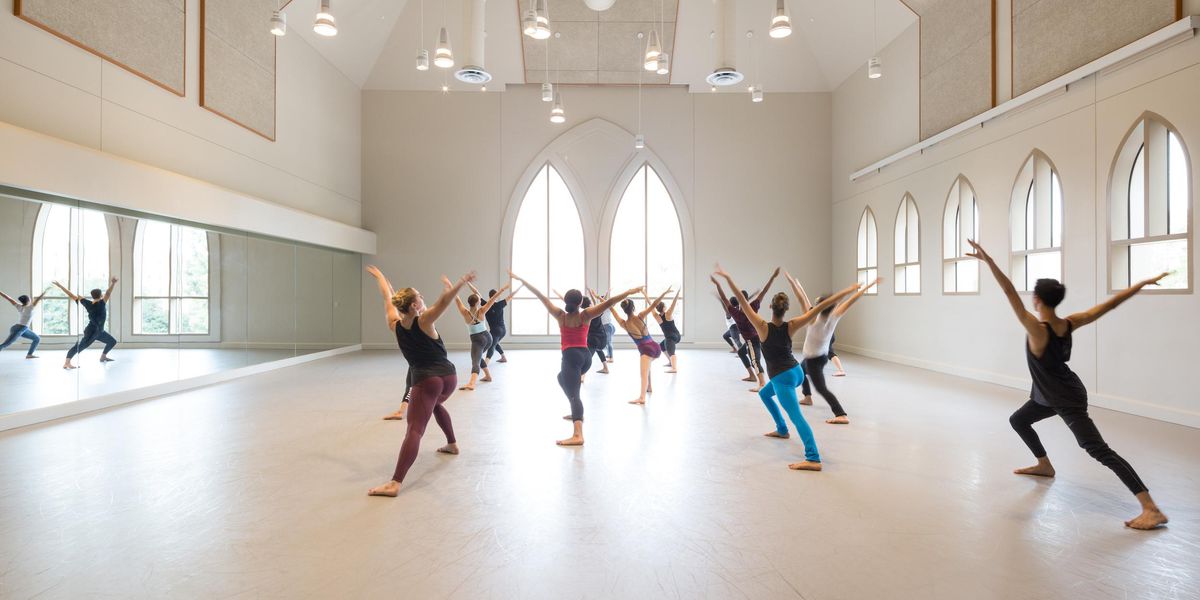Advice for Dancers
My whole life has been about loving to dance. It was awesome to join a professional company—until I found out that to be “cool” you’re supposed to act like it’s a boring job. The older dancers actually make fun of me if I get excited about learning a new ballet or even if I smile during company class. How can I fit in and still be true to my passion to dance?
Confused
NYC
I bet none of the dancers who make fun of your enthusiasm are principals; acting bored doesn’t get you to the top in any field. However, it’s a great defense mechanism for people who’ve given up on their career aspirations. Maybe the years they’ve spent in the company haven’t resulted in featured roles or a promotion, in which case you’re feeling the impact of their disillusionment. Surround yourself with more upbeat dancers who do treasure the opportunity to perform. And if you keep your focus on your work, the heckling should eventually stop—no one likes to be ignored. For those dancers who’ve lost their love of the art form, I suggest they look into performing in small gigs during breaks or switching companies to recapture the feelings that made them want to dance in the first place. They might also consider training for a different job. Work is a meaningful part of life. FYI: Boredom can be a sign of stress.
My best friend in the U.S. swears by PRP injections to recover from injuries. I know they come from your own blood, but do they really speed healing? I’m not crazy about needles and have no interest in doing this just because it’s the latest fad.
Carla
Munich, Germany
Smart girl! It always pays to investigate a new treatment before jumping on the proverbial bandwagon. In this case, PRP (platelet-rich plasma) has been used in surgery for the past two decades, but only recently has it come to the forefront in treating sports- and dance-related injuries. The basic premise is that by withdrawing your blood and changing the ratio of its components to percentages that promote healing, doctors can then inject it back into your tissues to speed recovery. For example, platelets that play a significant role in tissue regeneration can increase from a measly 6 percent in normal blood to 94 percent. The catch? No one knows the ideal ratio of platelets to white blood cells, which help prevent infections but also cause inflammation that breaks down tissues. There are no answers yet about which clinical situations—acute or chronic, soft tissue or within a joint—benefit from injections of PRP rich in white blood cells. This may explain why PRP works for some dance injuries and not others. But the use of PRP in dance medicine is relatively new, and it should become apparent with time where the technique is most effective.
I’ve always had allergies but am particularly sensitive in the spring. My eyes start tearing and I can barely breathe from a stuffed-up nose. Drugstore medications don’t seem to help anymore. Last year my allergies made me miserable. I’m starting to dread the change of seasons. Any suggestions?
Allergy Blues
Minneapolis, MN
Certainly, allergies wear people down. The hardest symptoms for dancers are fatigue and breathing problems that can adversely affect your performance, along with watering eyes that mess up your stage makeup. It’s not unusual to feel mentally drained and unwell with low energy and headaches, similar to a mild case of the flu. People with allergies also report feeling depressed twice as often as those without. Noting the season when allergies occur can help you pinpoint the cause. For example, pollinating trees cause spring allergies. Grasses and weeds produce pollen over the summer, whereas ragweed is the main culprit in the fall. Then there are molds, which release reproductive spores from late March until November, peaking in the late summer and early fall. Allergies that last throughout the year come from dust mites, feathers, animal dander, and mold. Unfortunately, outdoor performances, dusty theaters, moldy bathrooms, bouquets, feathered costumes, and hot studios with open windows can all trigger allergies in dancers. What can you do? Keep the windows closed and your apartment clean; use air conditioner filters; wash your eyes and glasses frequently, and wear wraparound goggles on your way to the theater or class. High-strength antihistamines, eye drops, and nasal sprays can also be useful (see “Your Body,” May 2011). Just be aware that antihistamines may cause drowsiness and the only thing they help with is sneezing—unless they have an added decongestant, which can cause insomnia. Always discuss over-the-counter medications with your doctor, as they may interfere with other medicines you take. Also be aware of side effects, including those from prescription meds such as corticosteroids, which may cause anxiety and mood swings. The only way to find complete symptom relief is to identify the specific allergen through skin and blood tests, then get desensitized with allergy shots over three to five years. Some people who finish the series of shots are allergy-free for life; others have protection for several years. Allergy shots also prevent new allergies from forming, and they reduce the risk of allergy-induced asthma. In addition, knowing how to treat your allergies will give you a greater sense of personal control and help lessen your feelings of dread.
Former New York City Ballet dancer Linda Hamilton, Ph.D., is a psychologist in private practice, the author of
Advice for Dancers (Jossey-Bass), and co-author of The Dancer’s Way: The New York City Ballet Guide to Mind, Body and Nutrition (St. Martin’s Griffin). Her website is www.wellness4performers.com.




